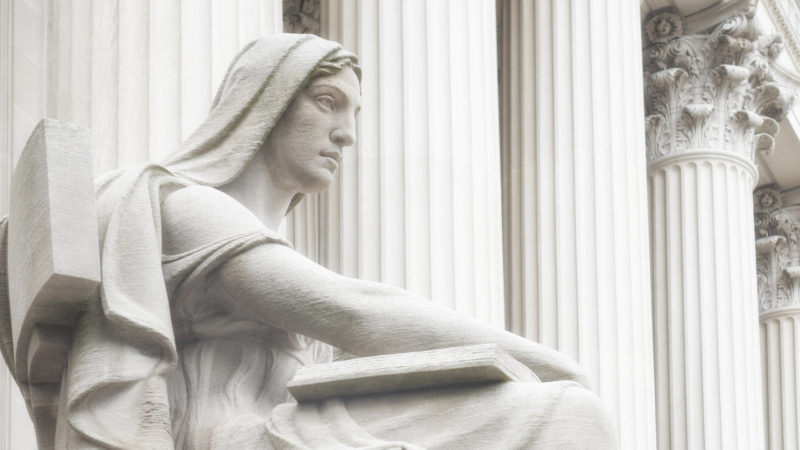In its recent Milano Pizza Ltd. v. 6034799 Canada Inc. decision, the Federal Court ordered the expungement of a trademark registration because the plaintiff did not exercise sufficient control over the use of the trademark by its licensees. This decision provides a helpful reminder of the dangers of relying on verbal agreements instead of written trademark licenses, and the need for trademark owners to maintain control over their licensees.
Continue readingTrademark Owners and Franchisors Beware: in Milano Pizza Ltd. v. 6034799 Canada Inc., Lack of Licensor Control Leads to Invalidation of Trademark




